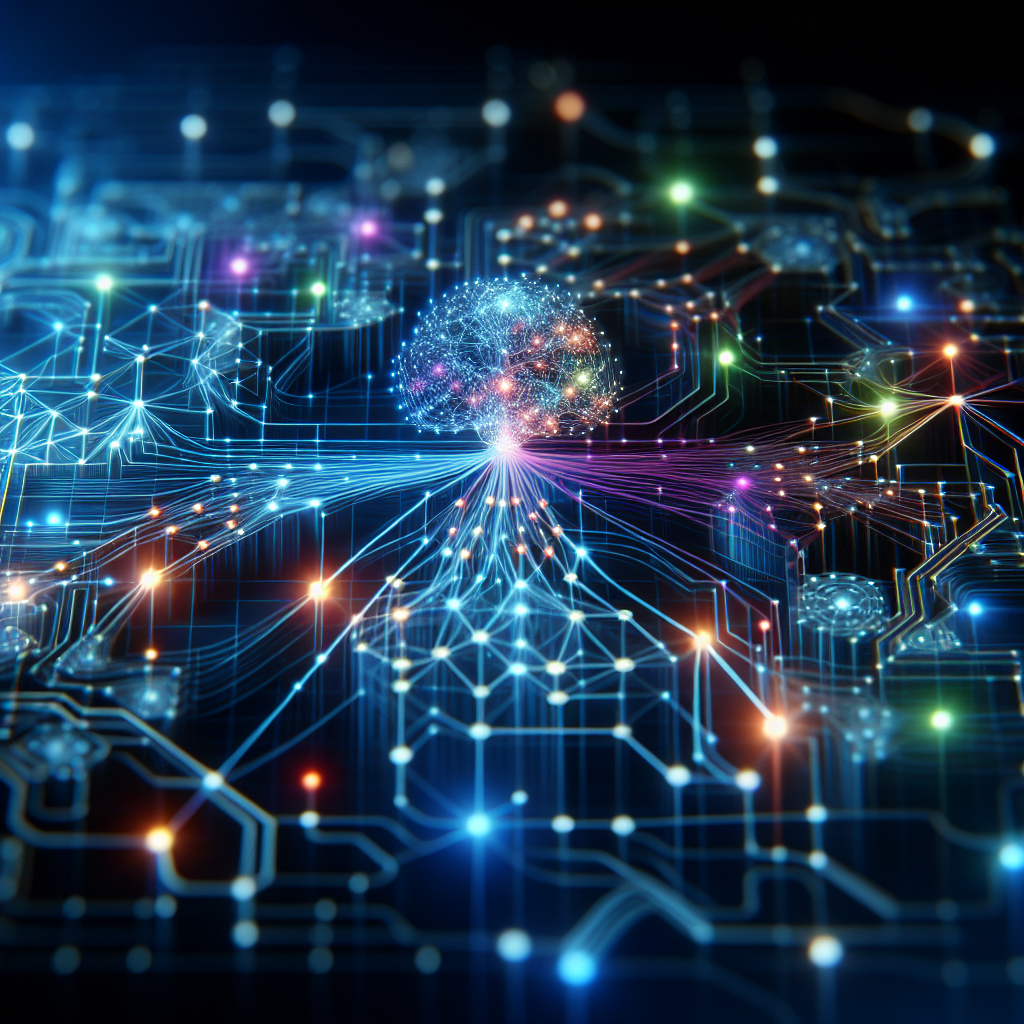Your cart is currently empty!
The Evolution of Artificial Intelligence: A Look into Deep Neural Networks

Artificial intelligence (AI) has come a long way since its inception, with advancements in technology and research leading to the development of more sophisticated and powerful AI systems. One of the key components of AI that has played a significant role in its evolution is deep neural networks.
Deep neural networks, also known as deep learning or deep neural nets, are a type of AI model inspired by the structure and function of the human brain. They are composed of multiple layers of interconnected nodes, or neurons, that work together to process and analyze data. These networks are able to learn and make decisions based on the patterns and relationships present in the data they are trained on.
The evolution of deep neural networks can be traced back to the development of artificial neural networks in the 1940s and 1950s. These early models were simple in structure and limited in their capabilities, but they laid the foundation for the more complex and powerful networks that would come later.
In the 1980s and 1990s, researchers began to explore the potential of deep neural networks with the development of algorithms such as backpropagation, which allowed for more efficient training of these networks. However, progress was slow due to limitations in computing power and data availability.
It wasn’t until the early 2010s that deep neural networks began to gain widespread recognition and adoption, thanks in large part to breakthroughs in machine learning algorithms and the availability of large datasets for training. Researchers and companies started to apply deep neural networks to a wide range of applications, from image and speech recognition to natural language processing and autonomous vehicles.
One of the most notable developments in the field of deep neural networks was the creation of deep learning frameworks such as TensorFlow and PyTorch, which made it easier for researchers and developers to build and train complex neural networks. These frameworks have played a crucial role in accelerating the pace of innovation in AI and driving advancements in deep learning algorithms.
Today, deep neural networks are being used in a wide range of industries and applications, from healthcare and finance to retail and entertainment. They are powering some of the most cutting-edge AI systems, such as self-driving cars, virtual assistants, and recommendation engines.
As we look to the future, the evolution of deep neural networks is expected to continue, with researchers exploring new architectures, algorithms, and techniques to further improve the performance and capabilities of these systems. With ongoing advancements in technology and research, deep neural networks are poised to play an even greater role in shaping the future of AI and revolutionizing the way we interact with and benefit from intelligent machines.
#Evolution #Artificial #Intelligence #Deep #Neural #Networks,dnn

Leave a Reply